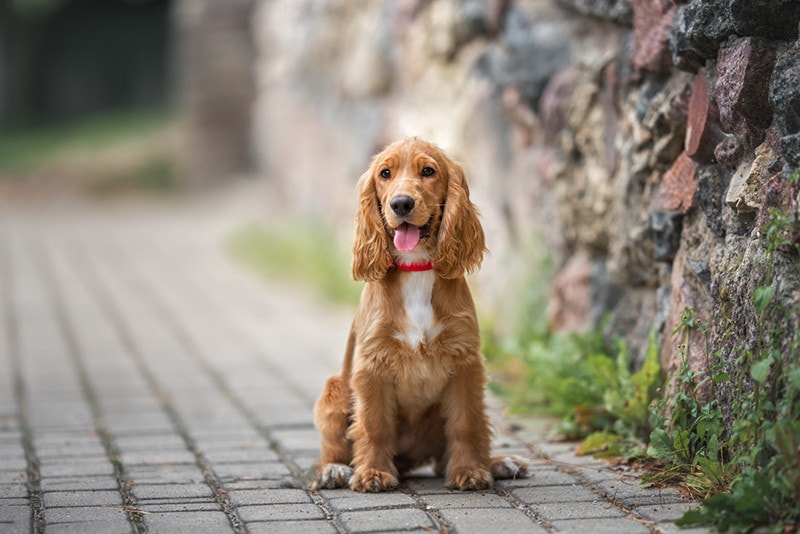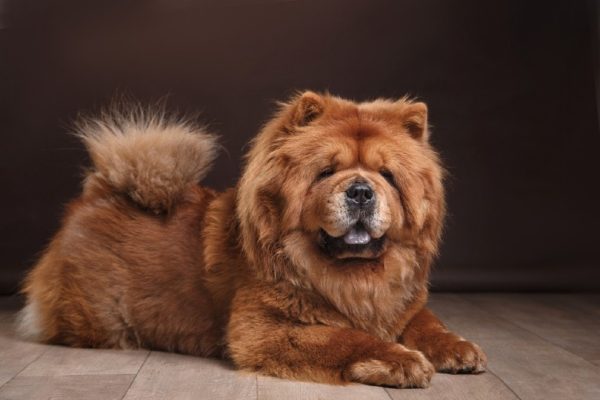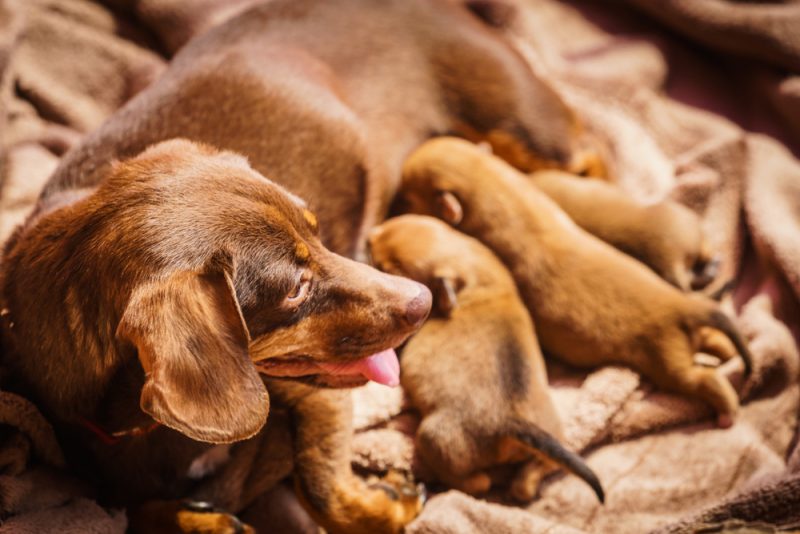In this article
Despite being lively hunting dogs, Cocker Spaniels are gentle, easygoing, and lovable pets. Generally, Cocker Spaniels make ideal family pets, especially with young children, but it takes a bit of work to ensure that both the dog and the children are safe and respectful.
Read on to find out more about keeping a Cocker Spaniel as a family pet with children and how you can ensure a harmonious household.

About the Cocker Spaniel
Cocker Spaniels are known for their big doe eyes, regal coats, and impish personalities. Although bred and raised for hunting and sporting purposes, their versatility and good nature led to them becoming one of the world’s most popular all-around breeds.
Cocker Spaniels excel in many roles, as hunting dogs, canine competitors, therapy dogs, and family protectors. They’re highly alert and will bark at strange happenings, but they’re not often aggressive around new and unfamiliar people.
That said, Cocker Spaniels are active and agile dogs that like to have playtime and physical and mental stimulation. They’ll certainly lounge around, but you will need to walk your pet and provide engaging experiences like puzzle toys or chew toys to keep them occupied.
Regarding trainability, Cocker Spaniels have mixed reviews. They are intelligent and obedient but can be stubborn. They are adaptable, though, and can adjust to most environments as long as you give them the attention and exercise they need.

Are Cocker Spaniels Good Around Children?
Generally, Cocker Spaniels make good family pets. Their personalities can vary, however. As their popularity grew, Cocker Spaniels were overbred, leading to some high-strung dogs and puppies with health problems.
Socialization is key to a well-adjusted Cocker Spaniel. Having your dog around your children from a young age is the best way to help them get used to being around kids and maintain the gentleness and patience the breed is known for.
That said, it’s also important that your children know how to interact with dogs appropriately. Cocker Spaniels can be sensitive, and if there’s an overzealous child who doesn’t understand boundaries, it could be a problem.
How to Teach Dogs and Children to Coexist
Many children love animals, especially dogs. But if your child doesn’t have boundaries around dogs, whether your own or others, it can be a safety issue.
Just like your pet should be taught to respect your child from an early age, your child needs the same guidance to respect boundaries. Some dogs have a high tolerance for children being children—especially a gentle dog like a Spaniel—but the responsibility falls on you, not your dog.
Begin by teaching your child about proper petting and dog body language, which means gently petting the dog’s chest or back. Avoid allowing your child to hug your dog or put hands around their head or neck. Many dogs don’t like their faces crowded. Also, teach your child not to pull on the dog’s ears or tail, yell or scream, or run away from the dog, all of which can be instigating.
If the dog backs up, licks their lips, growls, or snaps, it’s time to give them some space. Dogs, like humans, have limits and a sense of personal space. Allowing distance shows your dog that their needs are respected, which can prevent a possible act of defensive aggression in the future.
If you have children under the age of 5, it’s best to supervise their interactions. Children can easily push a pup’s boundaries, and if the dog’s discomfort goes unnoticed, they may eventually lose their patience and snap.
Young children lack the fine motor skills to be truly gentle, so your child could grip, pull at, or poke your dog in a way that’s uncomfortable without meaning to. They also move a lot like prey, and dogs are predators. Spaniels, in particular, have a high prey drive.


Final Thought: Spaniels Are Great Family Dogs!
With proper socialization, Cocker Spaniels can be excellent family dogs. They’re naturally gentle and laidback, so they tend to tolerate the antics of children more readily than many other breeds. That said, it’s vital that you also teach your child proper boundaries and respect, not just with your own dog but with all animals.
Featured Image Credit: BestPhotoStudio, Shutterstock



















